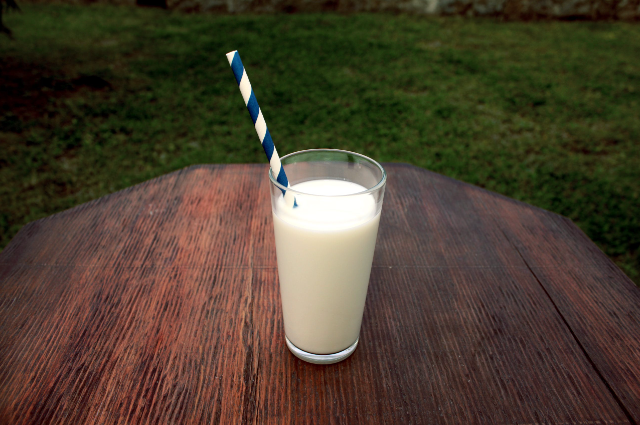
World Milk Day, celebrated annually on June 1st, is a global observance that highlights the importance of milk in our diet and the dairy industry's contributions to sustainability, nutrition, and livelihoods. This day, initiated by the Food and Agriculture Organization (FAO) of the United Nations, aims to raise awareness about the nutritional benefits of milk and dairy products.
The Significance
World Milk Day serves as a platform to recognize the crucial role of milk in a balanced diet. It emphasizes the nutritional value of milk, rich in calcium, vitamins, and proteins, promoting healthy growth and development, especially in children. Beyond nutrition, the day underscores the economic and social significance of the dairy sector, supporting the livelihoods of millions worldwide.
Themes and Activities
Each year, World Milk Day adopts a specific theme to focus on various aspects of the dairy industry. Activities range from educational campaigns about the benefits of milk to dairy-related events and promotions. These efforts aim to engage consumers, farmers, and policymakers in discussions about sustainable dairy practices, animal welfare, and the role of dairy in combating malnutrition.
Sustainability in Dairy
In recent years, there has been a growing emphasis on sustainable dairy farming practices. World Milk Day provides an opportunity to address environmental concerns related to the dairy industry, promoting initiatives that reduce the ecological footprint of milk production. This includes advocating for efficient resource use, waste reduction, and responsible animal husbandry.
Global Impact
World Milk Day transcends geographical boundaries, involving individuals, organizations, and governments worldwide. Social media plays a significant role in amplifying the message, with hashtags and online campaigns fostering a sense of global unity. The celebration not only raises awareness about the nutritional benefits of milk but also encourages collaboration to address challenges facing the dairy sector.
Challenges and Opportunities
While celebrating the positives, World Milk Day also acknowledges challenges such as lactose intolerance, dairy allergies, and debates around ethical practices in the industry. It encourages ongoing research and dialogue to find innovative solutions and promote inclusivity, ensuring that everyone can benefit from the nutritional advantages of milk.
Diversity in Dairy
One of the strengths of World Milk Day lies in its ability to celebrate the diversity of dairy products across cultures. From cheese in France to yogurt in Greece, the day highlights the global variations in dairy consumption. This cultural diversity underscores the adaptability of dairy to different culinary traditions, contributing to the rich tapestry of global food culture.
Innovation and Technology
As the world faces evolving challenges, World Milk Day also spotlights the role of innovation and technology in the dairy sector. Advancements in farming techniques, milk processing, and distribution play a crucial role in enhancing the efficiency and sustainability of the industry. This includes exploring alternative dairy sources and production methods to meet the demands of a growing global population.
Educational Initiatives
Education is a key component of World Milk Day, with a focus on dispelling myths and promoting accurate information about dairy. Efforts include school programs, informative campaigns, and collaborations with health professionals to ensure that individuals make informed choices about incorporating dairy into their diets. This educational aspect contributes to building a healthier and more informed society.
Community Involvement
World Milk Day encourages local communities to actively participate in the celebrations. Farmers’ markets, milk tastings, and community events foster a sense of connection between producers and consumers. This involvement strengthens the understanding of the entire supply chain, from the hard work of farmers to the nutritional benefits delivered to consumers.
Looking Forward
As World Milk Day continues to evolve, it serves as a catalyst for positive change within the dairy industry. The future holds exciting possibilities, including advancements in sustainable practices, increased accessibility to dairy products in developing regions, and a deeper understanding of the intricate relationship between dairy, health, and the environment.
Conclusion
World Milk Day is more than a celebration of a beverage; it's a holistic acknowledgment of the multifaceted role of milk in our lives. From nutrition to sustainability, this day encourages a global conversation about the past, present, and future of the dairy industry, fostering a collective commitment to a healthier and more sustainable world.
